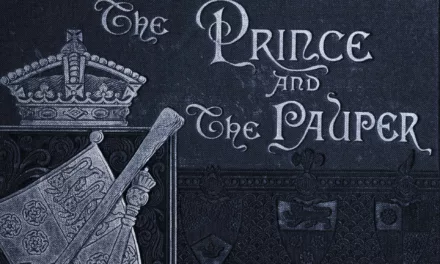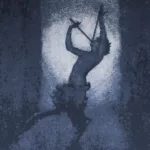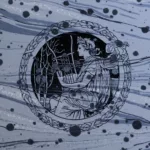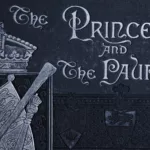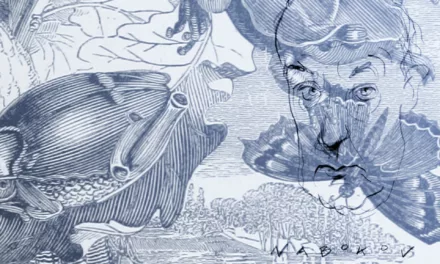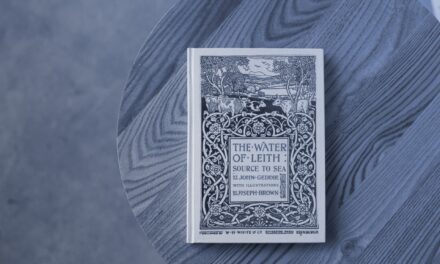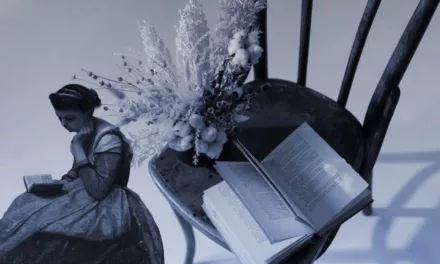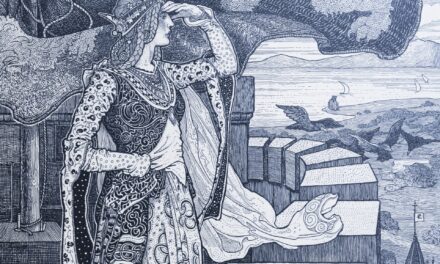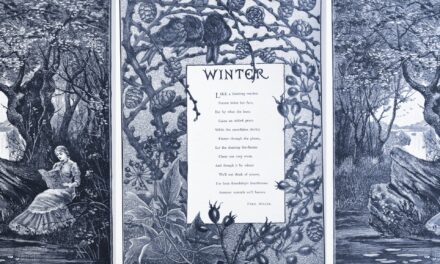
What are backlist titles and why do they matter?

“What are backlist titles, and why do they matter for authors? I keep hearing people talk about them, but I’m not totally sure what counts as a backlist book or why they’re such a big deal.”
If you’re new to publishing, you might hear experienced authors talk about their “backlist,” but what exactly does that mean? Simply put, your backlist is made up of all the books you’ve previously published, as opposed to your newest releases or upcoming titles (aka your “frontlist).
Something that every author hears constantly in the world of marketing and advertising is, “The next book sells the last book.”
The logic behind this is absolutely valid. Every new book released is a chance to pick up new readers, gain a boost with sales platform algorithms, and build credibility with existing fans.
But while a lot of focus is placed on the next book, many authors miss the importance of their last book—and all the books they’ve written. In other words, their “backlist”.
An author’s complete bibliography, organized chronologically and with series listed in order, is an incredibly useful marketing tool. As an internationally-published author of over 40 titles, I’ve learned a lot over the years of how important backlist can be to book promotion if it’s something you already have.
Of course, if you’re a debut author or just starting your publishing journey, you won’t have a backlist yet, and that’s perfectly fine! Everyone starts with that first book. But understanding the power of a strong backlist can help shape your long-term publishing strategy and give you something to work toward as you continue writing and releasing new books.
The top five reasons backlist titles matter
1. It establishes credibility
Every new book you release shows readers that you are the sort of author who won’t leave them hanging for years waiting for a new release. If they’re interested in your genre, writing style or one of your series, they’ll be excited for each new book you publish.
But for new readers, your backlist is your most important source of author credibility. There’s concrete evidence of your skills as an author in the form of beautiful book covers, star ratings, user reviews, and social media posts from people who’ve loved it. They can also see how prolific you are and gauge your general release schedule based on past performance.
2. It gives readers options
As a fantasy author and reader, I am a huge fan of Brent Weeks’ Night Angel series, but when I read his Lightbringer series, I found it wasn’t for me. However, preferences aside, I still think of the author favorably because my enjoyment of one series outweighed my lack of enjoyment for the other.
That said, authors who write fiction or nonfiction, multiple genres, and/or series offer readers multiple entry points. It also allows them to shift tones all while creating a dedicated fanbase. Some readers are looking for consistency, while others want variety. Your backlist lets them pick and choose the flavor of fiction or non-fiction that appeals to their current reading mood.
3. It’s a great money-maker
In that saying, “the next book sells the last book”, the crucial word is sells!
If you choose to publish commercially, books are products. They are written to be sold the same way sweaters are knitted, shoes are cobbled, and food is jarred or canned. At the end of the day, each book is published with the intention of being read and making money.
Being an author is a career, one that’s intended to generate income. While it’s amazing to see a massive spike of income from the successful launch of a new book, the truth is that the bulk of an author’s income will—over time—come from their backlist.
Backlist titles that are successful will continue to sell for years after they are released.
R.A. Salvatore’s early Legends of Drizzt novels are an excellent example. Even though he’s released close to a hundred titles across multiple series, the one that keeps drawing new readers is the Drizzt series. Readers looking to begin the series start with the original book, Homeland, released three decades ago in 1990 and still creating income today.
4. It makes marketing and advertising easier
Your complete bibliography lets you experiment with marketing and advertising. Maybe you find that one title or series appeals more to the younger audience on Instagram and TikTok. An entirely different book will likely appeal to older readers who frequent Facebook or Twitter.
Your video and photo content will change from platform to platform, book to book, series to series. But allows you greater reach to create that coveted fanbase.
For example, my The Silent Champions series’ audience is largely men who enjoy military fantasy with large-scale battles and detailed troop movements. I generally target them on Reddit and Facebook. However, my Queen of Thieves series appeals far more to female readers and those looking for a more intimate, darker story — perfect for Instagram.
The whole point of creating a backlist (and especially a varied backlist) is to appeal to more readers, establishing a larger, more diverse, fanbase.
5. It keeps you in readers’ minds
As a reader, I fall in love with writing styles and storytelling skills. I always want to know more and binge-read everything my favorite authors have published. I may not love everything they’ve written, but after reading their complete bibliography, I feel l know them; their voice, worldview, thoughts and opinions. It’s this connection that keeps me coming back in the future.
Your brand new book may not appeal to every reader, but your backlist is what cements them as true fans. And not just of your work, but you, specifically.
To flip the saying around, “Your last books sell your next book.”
Creating your backlist
Every author is looking for new readers, and every reader is looking for their next favorite book. Seems simple enough, but as writers, marketing and advertising are only part of an ever-growing list of tasks that add to a successful career.
While social media creates fanfare, fans and sales, it demands a commitment that can be both tedious and daunting. As just one piece of the marketing pie, it often pushes time-established platforms, including websites and blogs, into stagnation. Unfortunately for most authors, this is the space where readers typically search for backlists.
It is from this experience that myself and fellow author Jennifer Shun, created Little Stack. An online, continually-evolving, curated library of indie, small press and traditional works of fiction. Every author page includes not only a bio and headshot, but an entire bibliography, allowing readers to browse entire backlists, follow authors to be notified of pre-orders and new releases, find series in chronological order, and of course add titles to a customizable TBR.
But no matter what platform you use, it’s important to keep your backlist on reader’s frontlists, so book fans keep coming back again and again.


